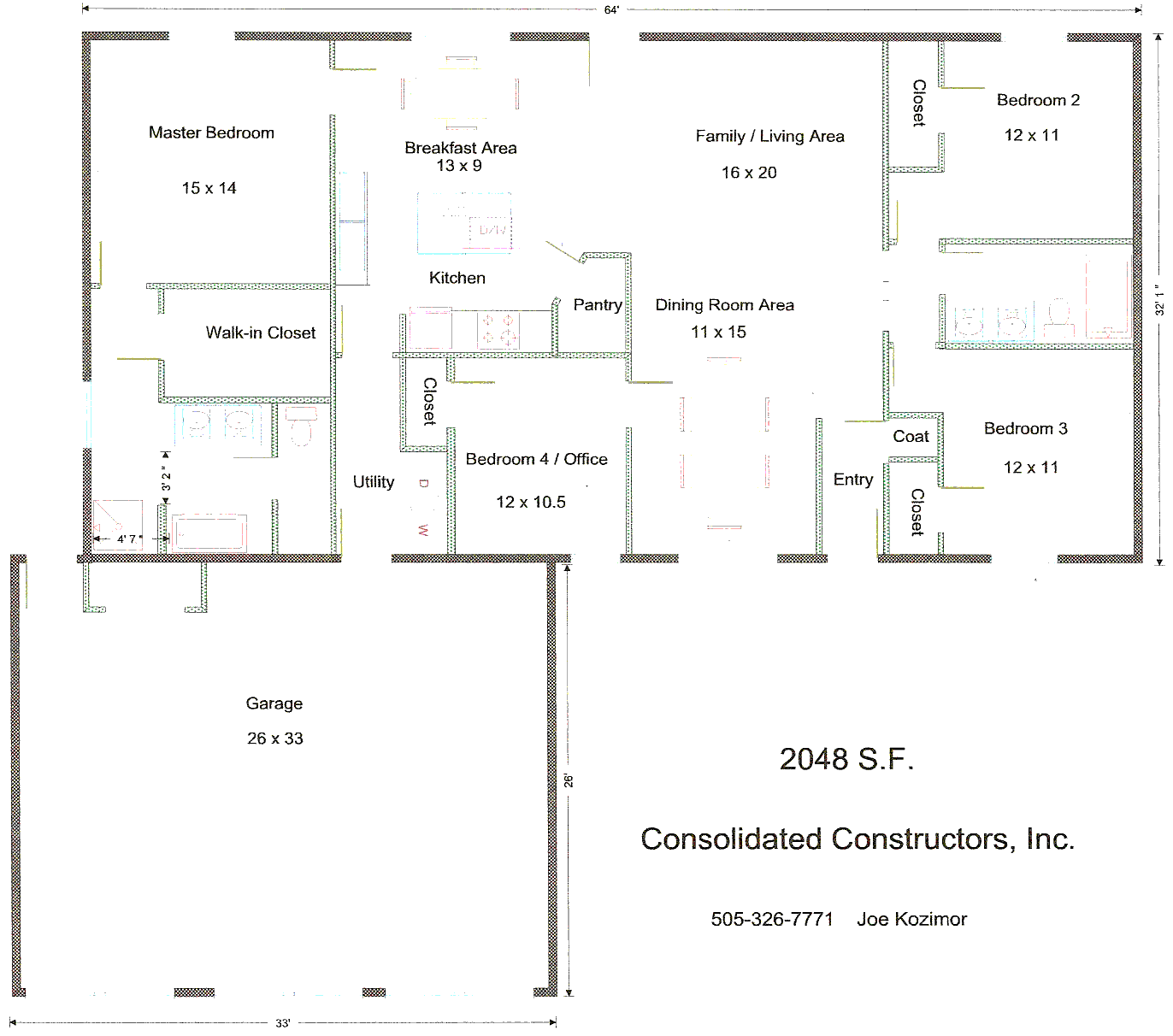

In an apartment, that may mean measuring the bedroom, bathroom, kitchen and living area all separately. Measure each room's length and width and add up all the square footage for a total count of the entire space. If you can't create one big rectangle out of an apartment, measuring one long side (length) and one short side (width), you can go room-by-room. The equation used to calculate square footage is "length times width." When measuring an apartment, however, it's not always easy to grab these measurements from the entire floor plan. So, instead of asking yourself, how big is 500 square feet, start thinking about how you can make that space the perfect size to call home. Living in smaller spaces doesn't work for everyone, but if you're looking at an apartment with minimal square footage, it can work if you get creative. To figure out what's right for you, you really need to ask yourself, how much room do I need?
Visualize square feet how to#
If you have further questions about how to calculate your square footage and need some guidance, please give us a call at 9 ….Apartments come in all shapes and sizes. Some general standards: average house in US (2010) 2392 sf, average office size 140 sf, average cubicle size 80 sf, median supermarket size is 46,000 sf, average parking space 9′ x 18’=162 sf Many associations and committees have tried to standardize this measurement but to little avail…it remains tough to compare apples to apples. That’s usually due to the fact you are renting a percentage of the common areas -like the halls, lobbys, bathrooms, mechanical rooms, etc….And even those metrics vary from city to city in how this square footage is calculated. Then we you try renting an office in a building and examine the lease to determine the square footage you are renting, it dawns on you that the figure is about 20% higher than what you understood. Just try to get a baseline on what different towns consider a square foot in their “zoning definitions” – so tell me “do we include the wall’s thickness or not?”Ĭonversely, when the assessor comes around, we all shrink and want our holdings to appear diminutive so our taxes are not influenced.

Garages are another variable that some towns include in the assessed value of a home and others do not….What about sheds and out-buildings? The list goes on and the grey area only expands. But many municipalities do not count the square footage of a basement or attic and may lead to frustrating conflicts between buyers and sellers when trying to inventory the actual size of a house or store. To the real estate seller, one tends to make the property seem bigger and more valuable. That is a 400 square foot unit, then you can easily chunk the property or building into 20′ modules for a quick feel of the buildings size. One of the easiest ways to visualize the size of the building or house is the double garage because it is about 20′ x 20′, so if you take 7 big strides in two perpendicular directions you’ll have it. It always depends on who you ask and how you count those square feet: The generally accepted unit of measurement, somewhere between the size of a lap top and a pizza box. If you did a double take when Bill Clinton said, “It depends on what the meaning of the word ‘is’ is.”, then you may love when folks discuss how big a building or house is.


 0 kommentar(er)
0 kommentar(er)
